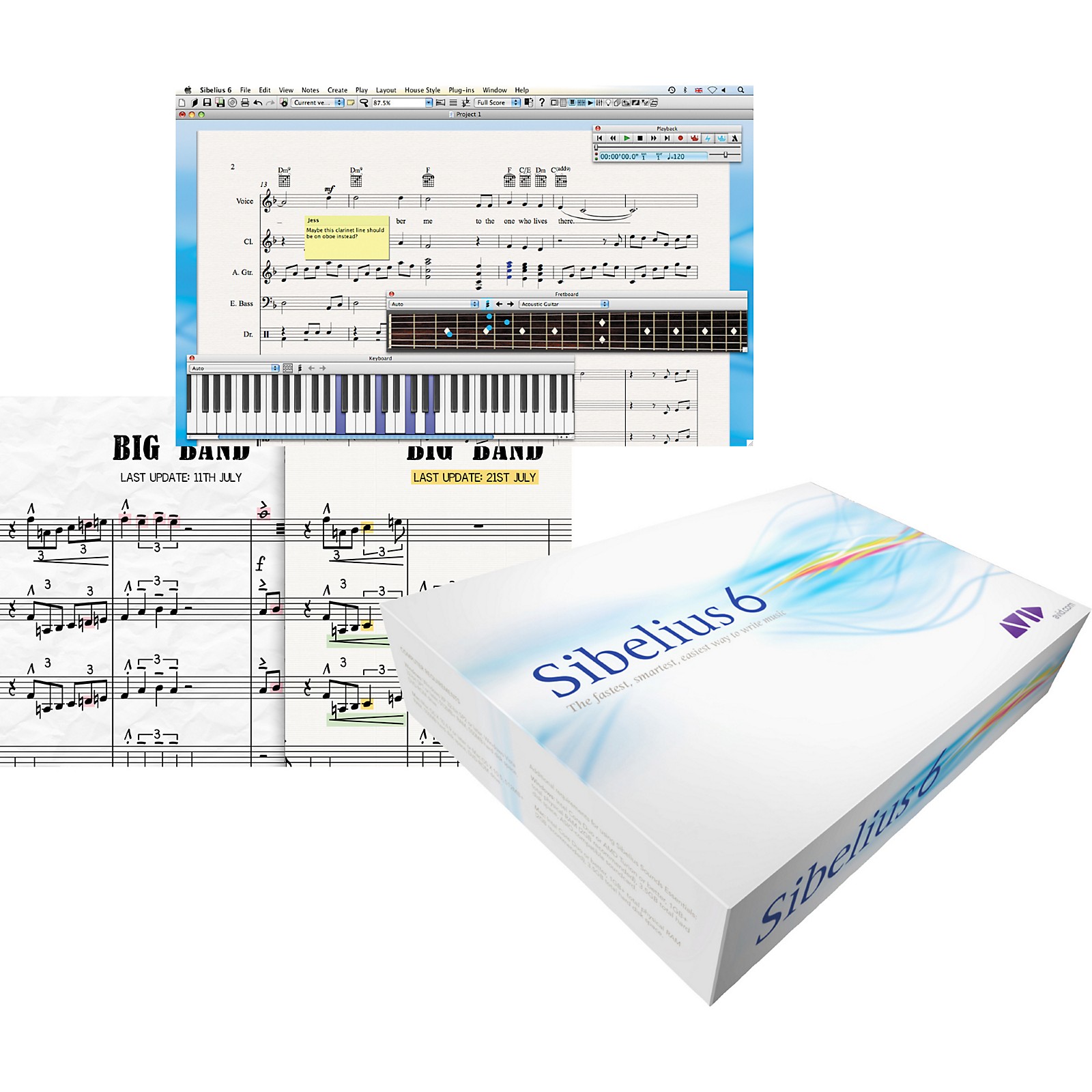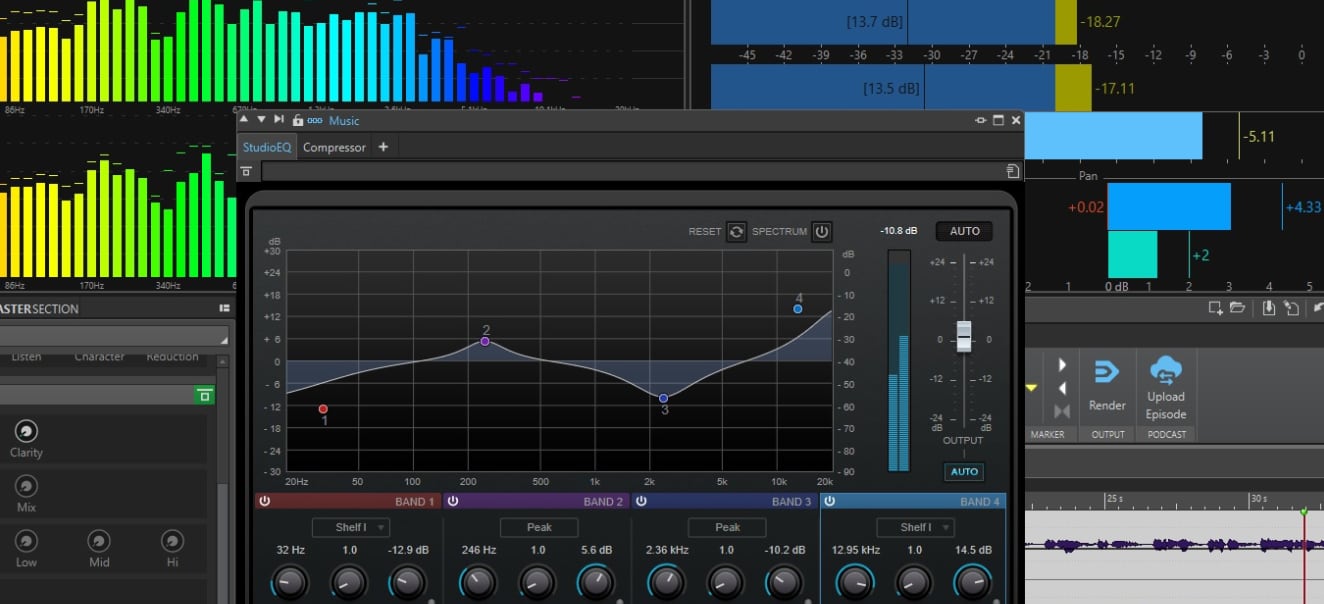
- #PHOTOSCORE ULTIMATE REVIEWS FULL VERSION#
- #PHOTOSCORE ULTIMATE REVIEWS MANUAL#
- #PHOTOSCORE ULTIMATE REVIEWS SOFTWARE#
- #PHOTOSCORE ULTIMATE REVIEWS FREE#
- #PHOTOSCORE ULTIMATE REVIEWS WINDOWS#
If the original sheet music that you scanned was laid out poorly, with notes and staves squished together, you can improve the formatting using PhotoScore’s Rescore dialog box. Once you’ve tidied up your score, you can start reformatting it. As a result, there isn’t much of a learning curve so you should be able to start editing scores immediately.
#PHOTOSCORE ULTIMATE REVIEWS MANUAL#
The PhotoScore user manual comes with a Quick Editing Guide that introduces you to all the essential editing functions. Leaning up a score can be somewhat time-consuming depending on its length and the quality of the original sheet music, but it’s still significantly faster than attempting to rewrite a score from scratch. Timing errors can occur if a note value is analyzed incorrectly or if a time signature is misinterpreted. The Bad Timing Navigator helps you locate and navigate to bars with bad timing, which speeds up the process of identifying reading errors. To edit text, just double-click on it to bring up the Text editor window to make changes.

However, you can manually edit the sheet music that you import using PhotoScore’s Keypad and Create menu. The better the print quality and clarity of the sheet music that you import, the more effectively PhotoScore will work.įor example, if there’s a print error that results in a disconnected tie symbol, PhotoScore may not read it correctly. All of the scores that you’ve imported are displayed under the Scores section to the left-hand side of PhotoScore, making it easy to keep scores organized.

When you hover over a section of the generated score with your cursor, the corresponding section of the original sheet music is displayed-allowing you to compare the two scores. In the following image, a score has been generated using a sheet music PDF. It analyzes time signatures, key signatures, note values, lyrics, and other markings. When you import sheet music, PhotoScore reads it and converts it into an editable sheet music format. To get handwritten or printed sheet music into PhotoScore, you can import it using a scanner, take a picture of it with your phone, load a PDF, or create a NotateMe Score. Using PhotoScore is a three-stage process that involves scanning, reading, and editing sheet music. Let’s take a deeper look at the available features. PhotoScore and NotateMe will appeal to more than just composers anyone who regularly finds themselves working with sheet music will be able to save a tremendous amount of time and energy using this software. For users that are used to writing sheet music by hand, NotateMe provides an interesting way to bridge the gap between tradition and technology.
#PHOTOSCORE ULTIMATE REVIEWS SOFTWARE#
NotateMe is companion software built into PhotoScore that allows you write and edit sheet music arrangements using a stylus, finger, or mouse. Once you’ve finished editing a score, you can export it as a MIDI file or create multi-part sheet music arrangements with separate parts for each performer. It lets you scan handwritten or printed sheet music, edit rhythm, key signatures, lyrics and other markings, as well as reformat and extract musical parts.

#PHOTOSCORE ULTIMATE REVIEWS WINDOWS#
Compare PhotoScore & NotateMe Lite vs.Neuratron’s PhotoScore is standalone software for macOS and Windows that allows you to scan, read, and edit sheet music.Not only can Ultimate recognize virtually all notes and musical markings, including slurs, dynamics, articulation marks, tuplets, lyrics, chord diagrams, and more, it also easily handles complex orchestral arrangements, with up to 64 staves per page.
#PHOTOSCORE ULTIMATE REVIEWS FULL VERSION#
Scan and read fully detailed scores with the full version of PhotoScore & NotateMe Ultimate. Do more with PhotoScore & NotateMe Ultimate From there, you can play back the score, send it to Sibelius for editing, and save it in a variety of other formats, including MusicXML, NIFF, and MIDI. The software can read printed scores using a scanner, or notation from a PDF, JPEG, bitmap file (Windows), or TIFF or Pict image (Mac). With it, you can easily turn printed sheet music or notation in JPEGs and PDFs into editable scores that you can send to Sibelius for further editing.Īnd with NotateMe now included, you can quickly handwrite scores using a tablet and stylus, or on your laptop with a mouse or trackpad, and then send to Sibelius for finessing.
#PHOTOSCORE ULTIMATE REVIEWS FREE#
Developed by Neuratron, PhotoScore & NotateMe Lite is a free music scanning program included with Sibelius.


 0 kommentar(er)
0 kommentar(er)
